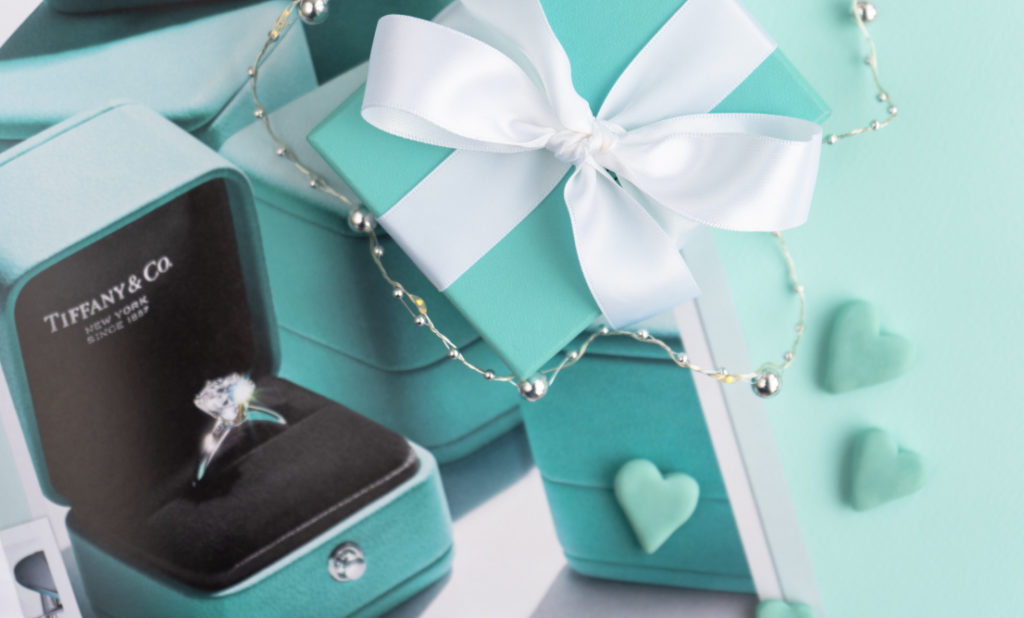
Have you ever heard of anyone refer to “Tiffany Blue”? Or the red can of soda?
In this case, many are referring to the ever so famous jewelry company. Tiffany & Co.’s blue boxes that their items come in, or a can of Coca Cola. Isn’t it fascinating that a certain color can be looked at and can instantly be associated with a specific brand? brand? How do you think it came to that point that millions around the world think of Tiffany & Co. when seeing the light blue color, Coca Cola when seeing a red can or McDonald’s when they see “the yellow arches”? Millions of people around the world will typically describe a brand by its color palette – “the black apple” known for Apple products.
This is where the role of color palettes and color theory comes into play when it comes to branding. Like many other aspects, color theory is an important factor to consider when building a strong, successful brand.
Why Is Color Important?
Color is very important in branding and marketing because it is where first impressions of customers are based. Also, color is the first thing people will typically associate your brand with. It is the secret to producing a good identity with your customers.
If you’re looking for an effective brand strategy, you must consider the critical importance of color. Color is far more than what it seems, a simple aesthetic, something your logo might be filled in with, or what the color of your work shirts may be. In fact, colors can deliver emotions, feelings and experiences. There are meanings behind various colors and for companies, if they aren’t careful, their color choices can either make or break them.
The color of your brand is an essential character in your brand’s story. When choosing a color to represent your brand, you must think far beyond your personal, subjective preferences and more about your brand as a whole.
The Psychology of Color
Black: If you are looking for a clean and modern look. Black and shades of grey can also indicate authority or power. However, don’t use too much black and grey because it can come off as evil and scary. However, black stands out the most when it comes to using it on marketing materials.
Blue: Everyone’s favorite color is blue, it’s just that popular. The color blue always puts people in a good mood. However, don’t use too much. You don’t want your brand to come off “icy” or cold.
White: White is clean, simple and light. It is best used standing against other colors. It also portrays purity and innocence.
Red: Red always attracts attention and excitement. It is also known for intensity.
Green: Green is calming and can symbolize luck, generosity, peace, the environment and wealth. Many environment driven brands use the color green. It could quite possibly be the most symbolic color as well. However, too much green can imply materialism and possessive nature.Yellow: Yellow is a cheery color and also stimulates the brain in a good way. It motivates people with new ideas. However, too much yellow can come off as tacky.
It should come as a surprise that when branding your business, looks mean everything. In fact, According to a survey conducted by Kissmetrics, 93 percent of consumers place visual appearance and color above all other factors when shopping. Additionally, 85 percent say color is their primary reason for buying.
